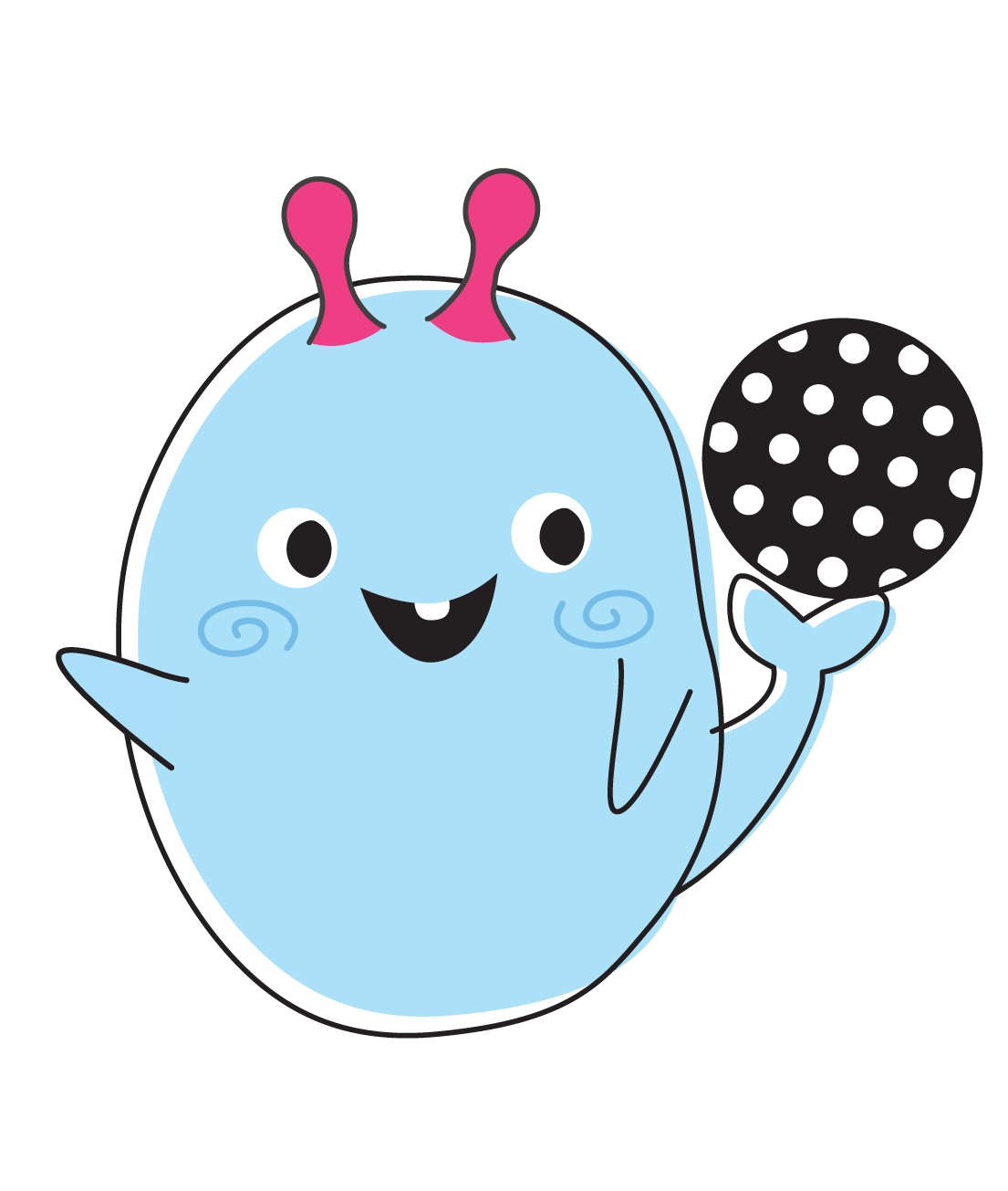Keys to Support Your Baby’s Early Language Learning
A: The age at which a child speaks their first word can vary greatly and is influenced by various factors such as genetics, environment, and individual differences in development. Typically, children say their first words between 10 and 14 months of age, but some may speak their first words as early as 8 months or as late as 18 months. It’s important to remember that every child develops at their own pace, and there is a wide range of what is considered normal.
As a parent, you can support your child’s language development by talking to them frequently, reading to them, and providing opportunities for them to interact with others and explore their environment. If you have concerns about your child’s language development, it’s important to discuss them with your paediatrician or a speech-language pathologist.
A: Similar to first words, the age at which children begin to say their first sentences can also vary. On average, children start to use two-word phrases around 18-24 months of age, and by the time they are 3 years old, they can typically speak in full sentences. However, it’s important to keep in mind that language development is a gradual process and there is a wide range of what is considered typical. Some children may start using longer sentences earlier, while others may take a bit longer to develop their language skills.
A: While these are not sure-fire signs of developmental delay, you may want to talk to a professional if your child is not babbling at their 6th month, or they are not understanding/responding to simple words by the 18th month. You may want to pay attention to other signs of hearing loss or autism spectrum disorder, in the case of your child being unresponsive to speech around them.
A: Toddlers hear a word in the same way as an adult hears it. And sometimes, even if they know the proper pronunciation, they will find it hard to reproduce certain sounds, especially nasal sounds or liquids. If the adult imitates that, it can potentially confuse or frustrate the child. However, other forms of baby talk, especially simplification and repetition (e.g., “Look at that meow-meow!”), are good to use often as they can help the child remember the phrase.
A: Give your child as many opportunities to speak as you can! For instance, you can try keeping their toy out of reach but within sight, and encourage them to ask for the toy before you give it to them. Be appreciative and reward their attempts even if they do not get it right, as you would want them to try again next time, instead of stopping out of the fear of failure.
A: Exposing your child to both languages at birth is a good idea to help them develop multilingual abilities. Research has shown that babies are able to differentiate different languages at an early age, even before they begin to speak. However, you should avoid using different languages (code-mixing) in the same sentence, in order to not confuse your baby as they struggle to identify which language you are using. The challenges and benefits of bilingualism in childhood will be discussed in a separate article.
A:
Research has shown that preverbal gestures, such as pointing or waving, play an important role in early language development. These gestures are often used by young children to communicate their needs and interests before they have developed the ability to use words. In fact, children who use more preverbal gestures tend to have larger vocabularies and better language skills later on. This is because these gestures help children learn the meanings of words and understand how language is used to communicate.
It’s important to note that preverbal gestures are a normal and important part of language development and should not be discouraged. Instead, parents can encourage their children to use both gestures and words to express themselves, and provide a supportive environment that encourages communication and language learning.
A: You would want to avoid drawing attention to the mistake in order to not discourage them or give them a sense of shame in talking. Try repeating the sentence back correctly and confirming with them if that is what they meant. You may also give your child feedback on their speech, but do so in a way that is positive and encouraging. For example, if your child says “I goed to the park,” you could say, “That’s a great sentence! Instead of ‘goed,’ we say ‘went’ when we talk about the past.”
A: There is no one true standard for choosing books or songs, and the most important thing would be what interests your child and excites them. Some kids like trains, and some like dinosaurs—as long as they are age-appropriate, you should allow your kid’s interest to lead the choice. A rule of thumb would be choosing something that you can dance to and are largely applicable to daily lives, like the classic nursery rhyme “heads and shoulders, knees and toes”, and “I’m a little teapot”, which can help your child to learn those common words and link them with respective body language.
A: Good toddler-adult activities can include:
- Setting out two or three familiar objects and asking the child to get one;
- Calling attention to interesting things you see, hear, smell, taste, or feel;
- Reading storybooks with them and act them out;
- Singing nursery rhymes and songs;
- Verbally labelling items of clothing as the child is dressing and undressing;
- And anything that encourages your child to speak their mind!



